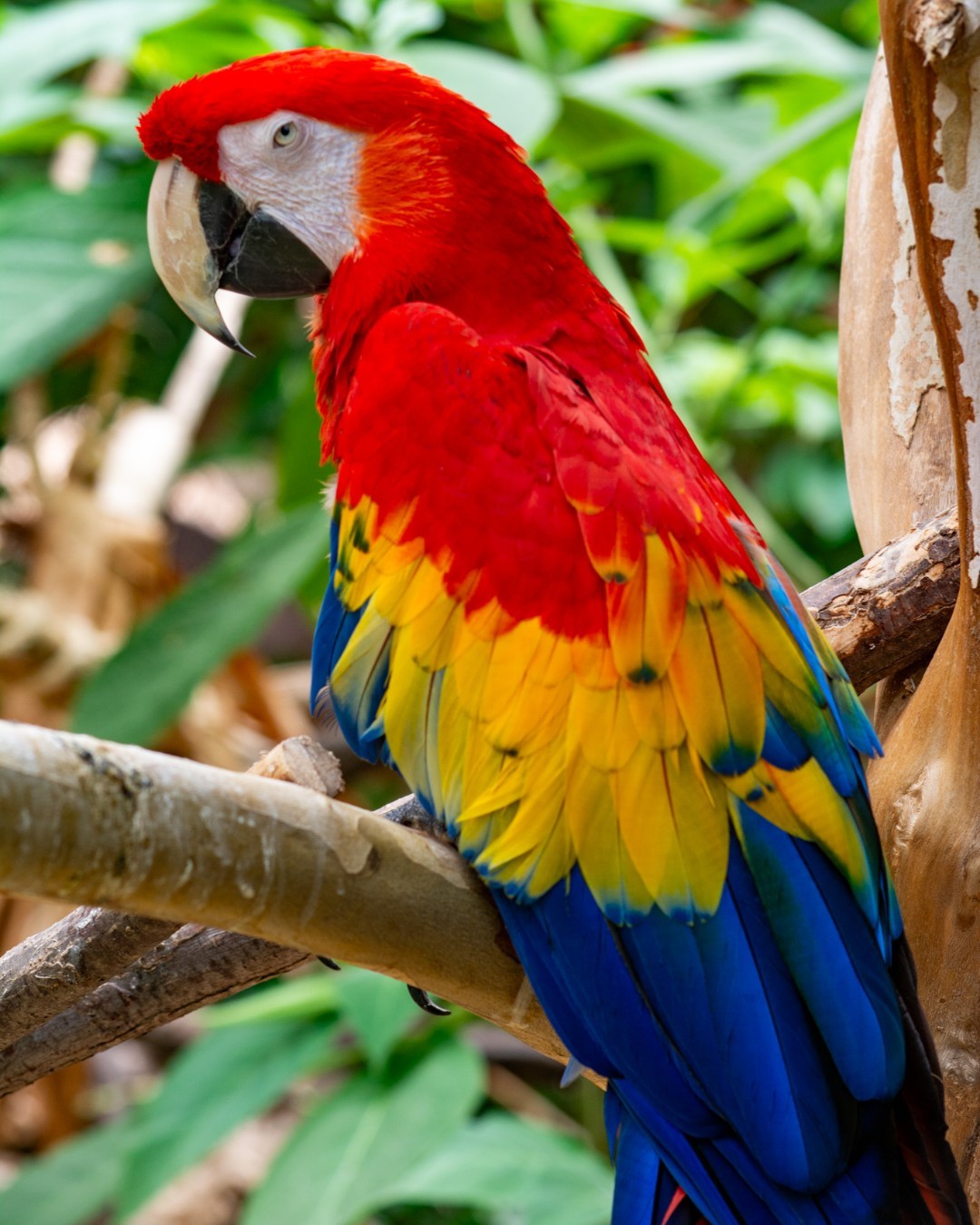Summary:
– The fascinating truth behind the color of a bird’s blue feathers
– The science of melanin pigment and how it creates the illusion of blue in feathers
– Interactive examples of brown melanin pigment creating a blue illusion in feathers
– Uplifting and inspiring insight into the beauty of nature and wildlife
Did you know a bird’s blue feathers aren’t blue? It may sound like a paradox, but blue pigment does not produce the mesmerizing blue hue of a bird’s feathers. The secret behind this enchanting illusion lies in the science of melanin pigment and light scattering. Let’s delve into the captivating world of avian coloration and explore the fascinating truth behind the seemingly blue feathers of our winged friends.
When we admire the radiant blue plumage of a bird, such as the striking feathers of a Blue Jay or the vibrant wings of a Bluebird, we can’t help but marvel at the sheer beauty of nature’s creations. However, if we were to take a closer look at these blue feathers under a microscope, we would be in for a surprising revelation. The pigment responsible for the blue coloration is melanin, brown in its natural state. So, how does brown pigment transform into the breathtaking blue shades we see in avian plumage?
The magic happens through a phenomenon known as structural coloration, where the microscopic structure of the feathers interacts with light to produce vibrant hues. In the case of blue feathers, the arrangement of melanin granules within the feather’s keratin cells creates a unique pattern that selectively scatters light. When light waves pass through the nanostructures of the feather, certain wavelengths are amplified, and others are dampened, resulting in the perception of blue color by the human eye.
Consider an analogy with a shimmering peacock feather to better understand this concept. At first glance, the dazzling array of iridescent colors might lead us to believe that the feather contains pigments of various hues. However, if we were to grind the feather into powder, we would be left with a dull brown pigment. The true secret lies in the intricate microstructure of the feather, which acts as a natural diffraction grating, causing light waves to interfere and produce the mesmerizing colors we see.
Similarly, the arrangement of melanin granules in a bird’s blue feathers creates a clever optical illusion. The brown pigment interacts with light so that only the shorter wavelengths, corresponding to the color blue, are reflected and perceived by our eyes. This phenomenon is a testament to nature’s ingenuity, showcasing the remarkable ways organisms have evolved to exploit the principles of physics and chemistry for aesthetic purposes.
To illustrate this concept tangibly, let’s consider the example of a feather. When an example is served under a microscope, the individual melanin granules within the feather appear as specks of brown. However, when examined as a whole, the collective arrangement of these granules gives rise to the stunning blue coloration that captivates our senses. It’s as though nature has woven an intricate tapestry of light and pigment, culminating in a breathtaking display of hues that never fails to enthrall us.
Furthermore, the phenomenon of structural coloration is not limited to the realm of avian plumage. We can observe similar optical effects in various natural phenomena, from the iridescent scales of butterflies to the shimmering displays of certain fish and insects. Each instance serves as a testament to the artistry of evolution, showcasing how organisms have adapted to utilize light and color for survival, communication, and courtship.
The revelation that a bird’s blue feathers aren’t truly blue is a poignant reminder of the boundless wonders that await us in the natural world. It invites us to peer beyond the surface and unravel the hidden intricacies of the living tapestry surrounding us. Moreover, it instills a sense of awe and appreciation for the remarkable adaptations that have shaped the diversity of life on our planet.
As we ponder the awe-inspiring phenomenon of structural coloration and the enigmatic allure of a bird’s blue feathers, we are reminded of the sheer ingenuity and creativity that permeate the natural world. From the humble brown pigment that transforms into a spectrum of blues to the intricate interplay of light and matter, nature never ceases to amaze us with its captivating artistry. It’s a testament to the endless fascination and boundless beauty that characterize our interactions with the wondrous tapestry of life.
*****
Source Description
Did you know a bird’s blue feathers aren’t blue? A blue feather’s melanin pigment is brown, but light scattering creates the mesmerizing blue illusion we perceive! In the second pic, you can see bits of brown! 💙


